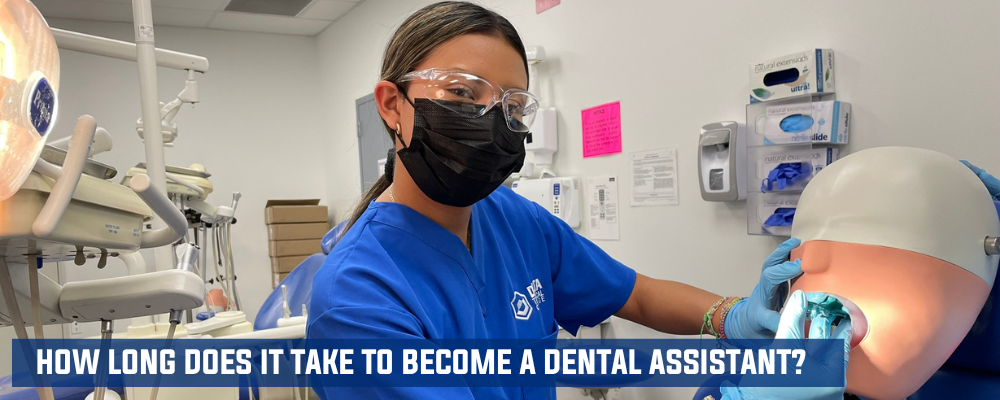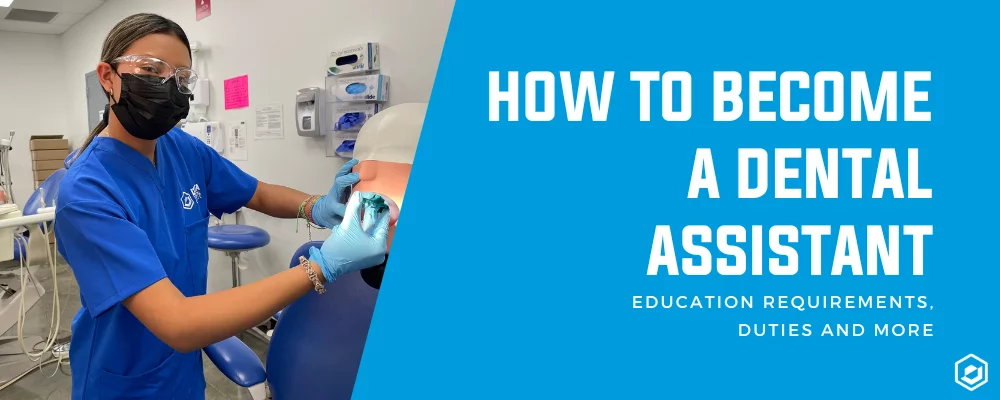Trade schools offer postsecondary career training primarily in the skilled and mechanical trades. These programs are different from a traditional college because of their relatively short duration and career-specific coursework.
| Prerequisites | High school diploma or G.E.D. |
| Popular Programs | HVAC technician training, welding training, electrician training, truck driving classes |
| Earned Credentials | Diploma or certificate of completion |
What Can You Learn at a Trade School?
Trade schools provide a combination of classroom lecture and hands-on training in a lab or workshop setting. Skilled trade programs are designed to provide graduates with the skills needed to obtain entry-level employment in their chosen field and pass any necessary licensing or certification exams required at the state or local level.
HVAC technician: Training to become an HVAC technician requires technical and vocational training. An HVAC program typically takes between nine and twelve months to complete.
- Educational Requirements: Trade and technical school training
- Industry Growth: 6% through 2032
Welder: If you’re looking to become a welder, you’ll need to gain a knowledge of the different types of metal, welding techniques, equipment and processes. Seven to nine months of welding training in a lab and classroom setting can have you prepared for entry-level employment as a welder.
- Educational Requirements: Trade school training or apprenticeship
Electrician: If you want to become an electrician, you’ll need to learn the basic theories of electricity along with the technical aspects of wiring, installation, maintenance and repair of electrical systems. An electrician training program typically takes one year to complete.
- Educational Requirements: Trade and technical school training
- Industry Growth: 6% through 2032
Truck driver: Those who want to become a professional truck driver can plan on training for around 20 weeks. Truck driver training involves a combination CDL test preparation and driving practice. Graduates will be prepared to take a state-required CDL licensing exam.
- Educational requirements: vocational training and passage of state-level commercial driving exam.
- Industry growth: 4% through 2032
Dental Assistant: Training to become a dental assistant can be completed in nine months. Training involves learning the basics of dental radiology, dental charting, infection control and much more.
- Educational requirements: Trade school diploma (and additional certification in some states)
- Industry Growth: 7% through 2032
Medical Assistant: Anyone looking to become a medical assistant will want to train for nine months at a trade school. Training involves learning the basic principles of medical assisting, medical testing, injections and more.
- Educational Requirements: Trade school diploma (and additional certification in some states)
- Industry Growth: 14% through 2032
How Long is Trade School?
Program lengths vary by field of study. But most trade school diploma programs range from three months to one year. Associates degree programs will usually take between 18 and 24 months to complete. Trade school programs can be completed in a much shorter period of time compared with a traditional college because trade school students focus exclusively on career training and have the option of studying year-round. At a college or university, students typically spend two years fulfilling general prerequisites before moving on to career-specific learning.
Interested in Learning More About DTC?
Fill out the form below to receive info about our career training programs.
The Benefits of Choosing Trade School Over a Traditional College
The job market is a key driver of increasing interest in the skilled trades. The United States is facing a huge shortage of skilled trade workers, partly because the emphasis has been on pushing high school graduates toward four-year bachelor’s degree programs. Trade schools are seeing a resurgence thanks to a surplus of job openings, long-term stability and earning potential.
1: Shorter Path to a New Career
Most trade school programs can be completed in well under two years. Trade schools design their curriculum to include hands-on experience in a lab or workshop setting. Classroom lectures are also focused exclusively on career-related training. Students start learning a new trade from the first day of school.
2: Practical Experience
Trade school students don’t just learn the fundamental concepts of their trade, but put them to the test. Workshops and labs are equipped with the same tools graduates will use once they enter the workforce. By the time a trade school student graduates, they will have spent hundreds of hours honing their skills in the lab.
3: Career Counseling and Career Placement Assistance
Most trade schools offer programs to help new graduates enter the job market. This includes career counseling, resume and cover letter assistance and help with career placement.
How Much Does Trade School Cost?
The average cost of a trade school education in the United States is around $33,000. That’s a major cost advantage over the majority of four year universities in the country, especially when you consider that the average per year cost of a university is over $32,000. That’s a total of $128,000 and a four-year time commitment! It’s important to note that many trade school programs will cost well below the national $33,000 average. The best way to get an idea of your costs is to speak directly with a trade school in your area.
Is Financial Aid Available for Trade School Education?
Yes. In fact, students attending a trade school or vocational training programs are eligible for the same types of federal financial aid as traditional college or university students. Here are a few ways to fund your trade school education.
1: Federal Student Aid
Trade school students are eligible to receive federal educational grants and low interest loans. To find out if you qualify, fill out your Free Application for Federal Student Aid, or FAFSA for short. The application can be completed online or printed out and mailed.
2: Internal and External Trade Scholarships
Internal: Trade schools often offer their own internal scholarships to help students find their education. Scholarship opportunities can be a few thousand dollars all the way up to full tuition payment.
Outside Scholarships: You can also find money for trade school by exploring outside scholarships. A simple online search will turn up scholarship search engines that connect students with thousands of scholarship opportunities. All you have to do is apply.
Should You Attend Trade School?
If you can imagine yourself embarking on a career in the skilled trades, then trade school could be a great option for you, allowing you to study for a new career in less time at a more affordable cost.
SOURCES
[1] https://www.bls.gov/ooh/installation-maintenance-and-repair/heating-air-conditioning-and-refrigeration-mechanics-and-installers.htm
[2] https://www.bls.gov/ooh/production/welders-cutters-solderers-and-brazers.htm
[3] https://www.bls.gov/ooh/construction-and-extraction/electricians.htm
[4] https://www.bls.gov/ooh/transportation-and-material-moving/heavy-and-tractor-trailer-truck-drivers.htm
[5] https://www.bls.gov/ooh/healthcare/dental-assistants.htm
[6] https://www.pbs.org/newshour/education/decades-pushing-bachelors-degrees-u-s-needs-tradespeople
[7] https://money.usnews.com/money/blogs/my-money/articles/2016-04-12/the-financial-case-for-trade-school-over-college
[8] https://www.thesimpledollar.com/why-you-should-consider-trade-school-instead-of-college/
[9] https://studentaid.ed.gov/sa/prepare-for-college/choosing-schools/types#career-schools
[10] https://fafsa.ed.gov/



